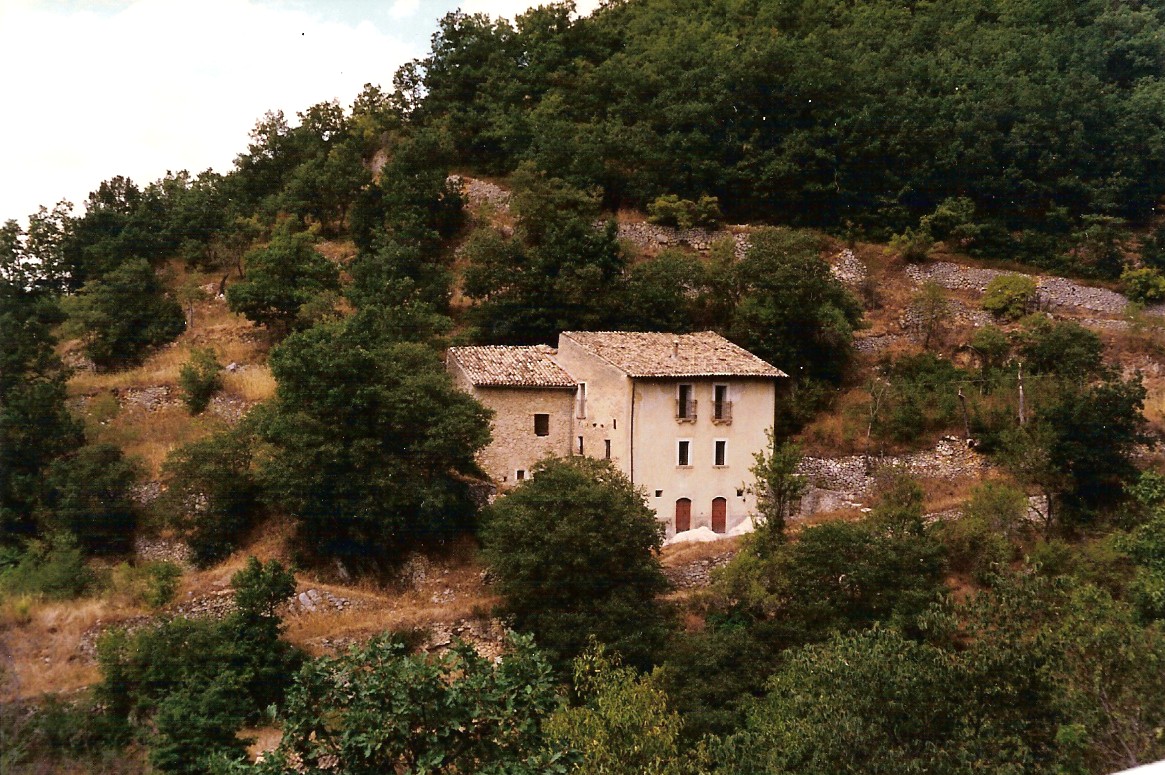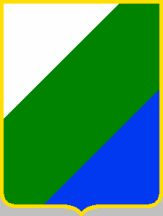
myCarosa.com
"Eppur, si muove!"
| |
| myCarosa Home |
| Carosa Academy |
| Carosa News |
| Carosa Creations |
| Carosa Families |
The Province of L'Aquila |
L'Aquila, literally "The Eagle," (displayed prominently on the municipal crest) represents the largest province of Abruzzo. It lies in the mountainous western part of the region, the only Abruzzo province with no access to the sea. L'Aquila includes the three highest mountains of the Apennines - Gran Sasso, Maiella and Velino-Sirente - (the three mountains the eagle stands on in the coat of arms). An abundance of springs and water coming form the abundant snowfall feed L'Aquila's many rivers. Besides the natural lakes of Scanno and Barrea, the Province even has the large artificial lake of Campotosto. The Gran Sasso mountain contains the southernmost glacier in Europe, called the Calderone. The province has a very low population density, and a territory full of castles and fortified medieval boroughs on top of mountains. It included once the largest lake in the Italian peninsula, (Lake Fucino), where in antiquity the Romans came on holiday. Lake Fucino was drained with the third biggest engineering project in the late 19th century (the other 2 being the Eiffel Tower and the Suez Canal). The Fucino land is today a flourishing agricultural area, and an important technological district in the region. Abruzzo has practically as many castles as sheep, mainly due to its strategic location between the Tyrrhenian and Adriatic seas. The ancient Romans built myriad roads here, and after their empire fell, the network of highways and byways, unfortunately, served as excellent inroads for foreign invaders, whose ranks included Lombards, Saracens, Hungarians, Normans, German Hohenstaufens, French Angevins and Spanish Aragonese. During the Middle Ages, when most of these fortresses were built, their primary function was to provide a safe haven for neighboring villagers. During an attack, the villagers would round up their stock and hightail it up the hill, with barely a thought for the humble stone huts and few simple implements they were leaving behind. Sometimes they would be forced to bivouac for months within the castle's stout walls, surviving in extreme cases by slaughtering the sheep and cattle they'd brought along. For this reason, you'll find that most castles are built about halfway up the slope of the mountain. Temperatures and climatic conditions at the top were too severe for villagers to survive in improvised housing, and it was too far from the village to afford a safe retreat. The classic medieval castle was surrounded by a large grassy area that was in turn enclosed behind fortified walls. These were often built in the shape of an isosceles triangle pointing up the slope of the hill, and their perimeter was carefully calculated to allow all the villagers and their animals to comfortably fit inside. The best example of this set-up is San Pio delle Camere, which is basically a fine set of walls with a pentagonal watchtower at the uppermost vertex. The town it protected sits just below, within easy scampering distance. Almost all the mountain centers of L'Aquila, sitting tight and protected on the peaks, were wise in their geographical setting and their own morphology for two reasons: the extreme danger of the Middle Ages, a period in which the majority of these villages arose, and the business (but it could be said mono-culture) of sheep farming, that has its kingdom in the mountains. Built entirely out of live stone and mud, with a total, phobic absence of wood, all the old villages of the Abruzzo mountains express the obsessive attachment to stone, which is typical of the Mediterranean civilization. These houses of bare stone, built close, one to another, to form a compact, protective mass in guise of a wall (therefore called "case-mura", wall-houses), are communicating their never-ending, anguishing need of defense in a world of extended, feudal anarchy, of the critical evasion of the central powers and therefore, the lack of organized systems of defense. The outside perimeter of the houses enclosed the village in a civilian (none the less effective), defensive circle. For a very long space of time, going from the XI century to the French revolution, this type of urban plan formed a typical model of a civilized settlement in the Abruzzo mountains. Nevertheless it is difficult to understand the sense of these human settlements, often pushed to the limits of habitability without putting them back in their place in that system of economic production that organizes, in its entirety, all life in the mountains: sheep farming. In actual fact, as an economic activity predominant in Abruzzo for almost three millenniums, therefore the origin of a particular condition of life, the sheep farming has made an impression on the territory not just limited to prints left in the pastures and sheep tracks. The great majority of the sheep, the huge flocks that periodically moved from the upper pastures in the mountains to the coastal plains of the Peninsula, are completely unconnected with the inhabited center: the transhumane sheep always live out in the open. They represented, however, a sort of additional capital that never became directly part of the life or urban plan of the mountain villages. The actual style of each single house reflects this economy tied to a type of breeding which is based on large herds of small animals. The impossibility of moving this patrimony to the center of the village, the need of defense. which tended to limit the extension of the center to be protected, and the steepness of the slopes, made a particular housing structure necessary in the shape of buildings with three, four, or even five or six rooms, one on top of the other. For an interesting 1843 AD take on the area by an English traveler, try this link: http://www.calascio.com/leardiary.htm - Christopher Carosa (created 7/21/2007) |
| NEW DESTINATIONS | ||
|
||


